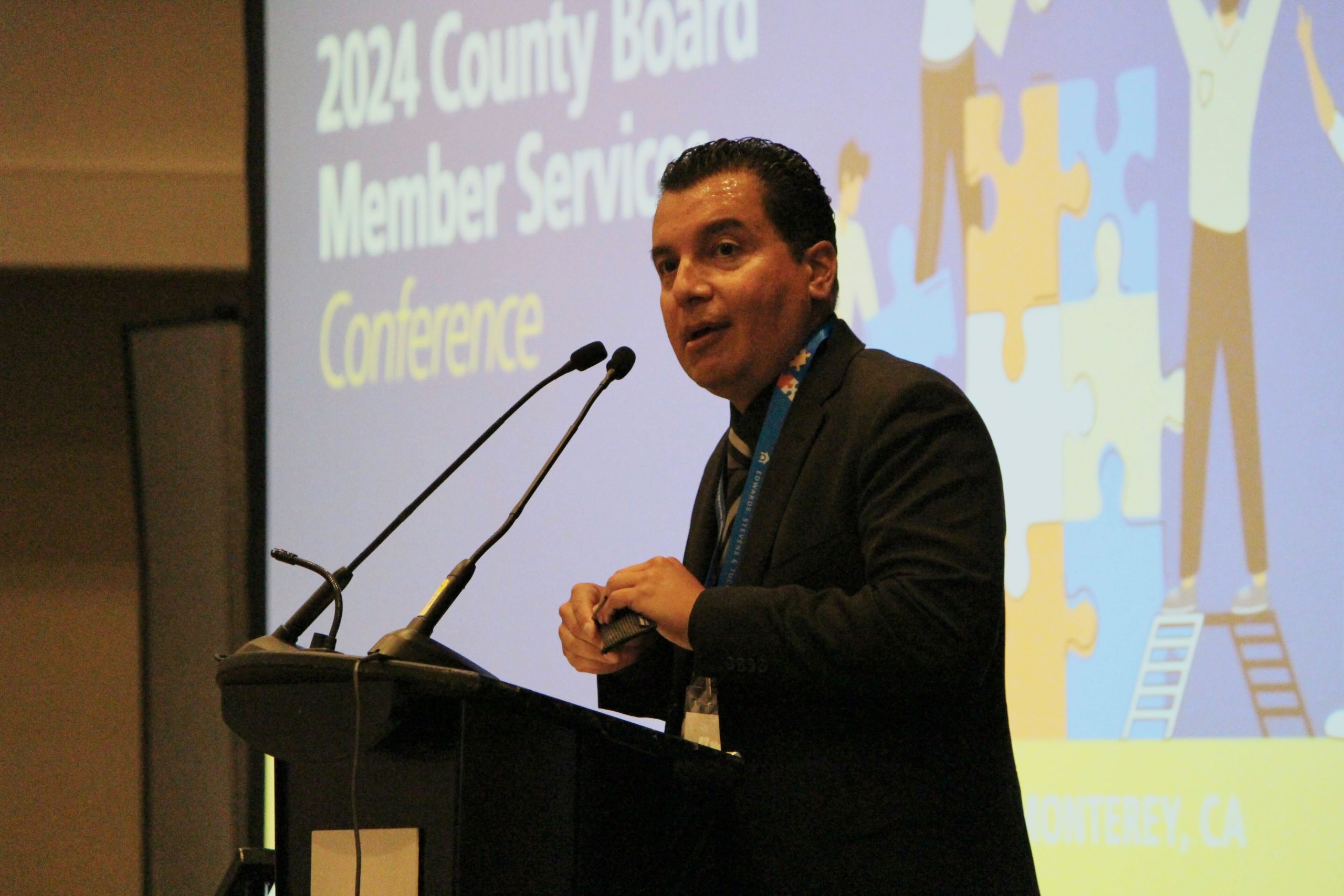In an Aug. 18 informational hearing, the Senate Education Committee heard from state and local education leaders and advocates about the importance of centering mental wellness and social-emotional learning as students return to the classroom for the 2021–22 school year and a need to connect the health and education systems.
Senator Connie Leyva (D-Chino) opened the hearing, “Back in School: Addressing Student Well-Being in the Wake of COVID-19,” by acknowledging the challenges of the past year and the incredible work happening across the state that has helped minimize the impact to students of continued challenges arising from the pandemic and from wildfires.
Dave Gordon, commissioner with the Mental Health Services Oversight and Accountability Commission and Sacramento County Office of Education superintendent, described upcoming commission efforts to expand into every county with new funding in the state budget and the need to create real partnerships between systems.
“We now understand that as young people come back to school, first and foremost, they will need a safe and supportive space and strong relationships with caring adults,” Gordon said. “This will take more time with some students than others but is a necessary pathway to addressing their academic needs. It is said that out of crisis, comes opportunity, and that is so true today. We are finding our way toward building strong partnerships in the health and education systems that sustain and support not just mental health but overall health intervention services for all our young people and their families.”
The need for mental health supports is greater than ever. Challenges evident prior to the pandemic have only exacerbated increasing issues in youth, according to data presented by Alex Briscoe, principal at California Children’s Trust. In the decade before the pandemic, there were twice as many visits to the emergency room for youth attempting suicide, experiencing suicidal ideation or inflicting self-harm. To make matters worse, California ranks 48th in the United States for Medicaid access to behavioral, social and developmental services, which represents six out of every 10 children in the state.
Since schools were closed in March 2020 in response to the COVID-19 pandemic, the proportion of mental health-related visits for children aged 5-11 and 12-17 increased about 24 percent and 31 percent respectively. One in four young adults between the ages of 18 and 24 say they’ve considered suicide because of the pandemic, according to Centers for Disease Control and Prevention data collected between June 24–30, 2020.
“Young people have been telling us, since 2005 through the California Healthy Kids Survey, that they need a lot more than they are getting,” Briscoe said. He emphasized the importance of knowing the data in your area and the importance of disaggregating the data by race. Children of color “pay a much higher price for the failure of our ability to support their social and emotional needs,” he said. “As we invest these new dollars and build the capacity of schools to do this work, we must also reimagine mental health, not as a response to pathology, but as a support for healthy development.”
Briscoe said schools can, and must, be primary actors in the response to this youth mental health crisis. “Many children on Medicaid between the ages of 12 and 24 go to the doctor one time during their adolescence,” he said. California children covered under MediCal has increased 30 percent over the last five years but less than 5 percent get access to any care, and less than 3 percent are in ongoing care.
Representatives from La Habra City School District and Fullerton School District shared with senators the ways in which their districts were using pandemic-relief funds to address student well-being. Superintendent Joanne Culverhouse said La Habra has used funds to expand summer school opportunities from about 200 students to 1,600 students at all nine of their schools. They partnered with their parks and recreation department to provide extracurricular programs like art, dance and sports. “As we put together a multiyear budget and make sure we can spend that money for counselors in the future, it’s scary to not know if that money is going to be sustainable.”
Julienne Lee, Fullerton SD’s assistant superintendent of educational services, talked about the FSD360 initiative, which aims to provide wraparound services in order for students to access true learning. “It is based on the philosophy of examining individual student needs and the motto is: ‘I see you. You are important and you matter.’” The district is focusing on Positive Behavioral Interventions and Supports and social-emotional learning in the classroom.
State Superintendent of Public Instruction Tony Thurmond described the infusion of funds from state as “the kind of budget that allows us to make once-in-a-lifetime types of changes to our education system. We have the opportunity to build back better than we ever have before; to climb out of the ashes of the pandemic and create the kind of system that assures that we provide a great educational system for each of our 6 million students.”





